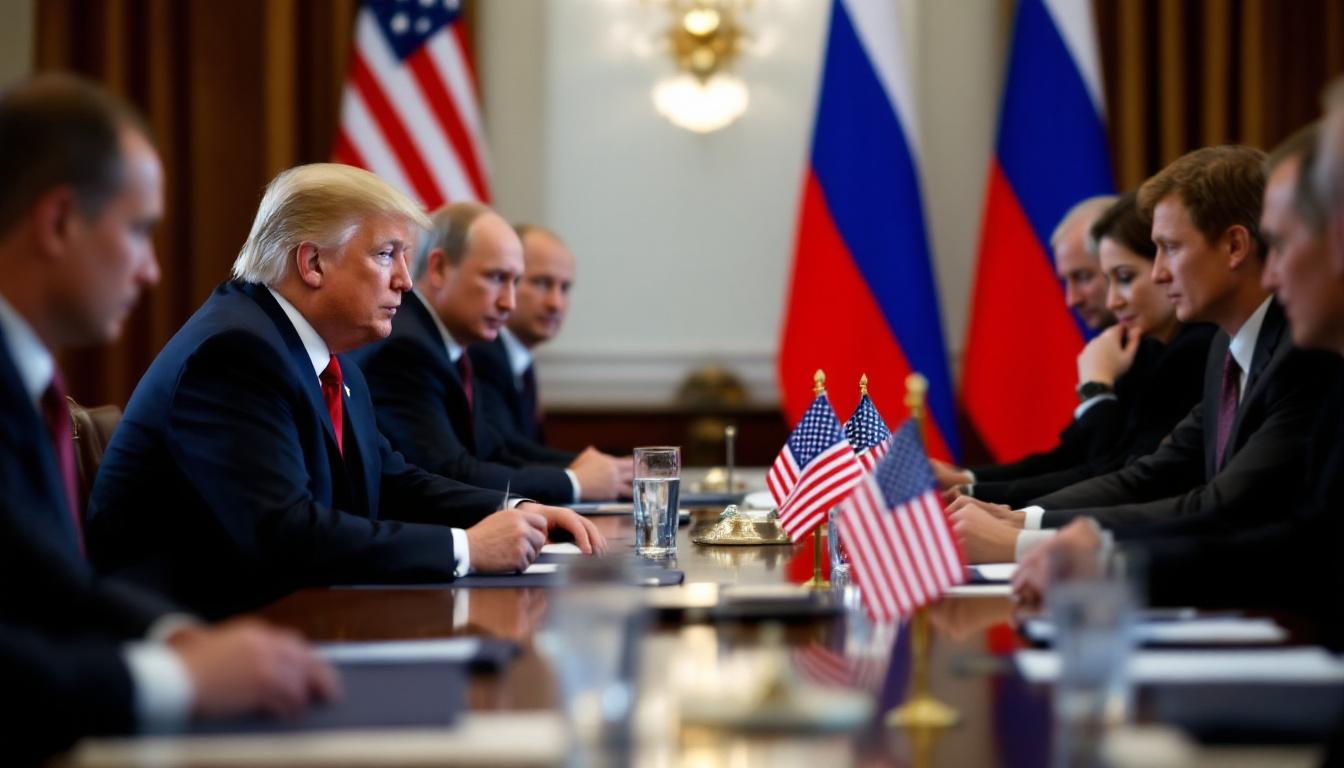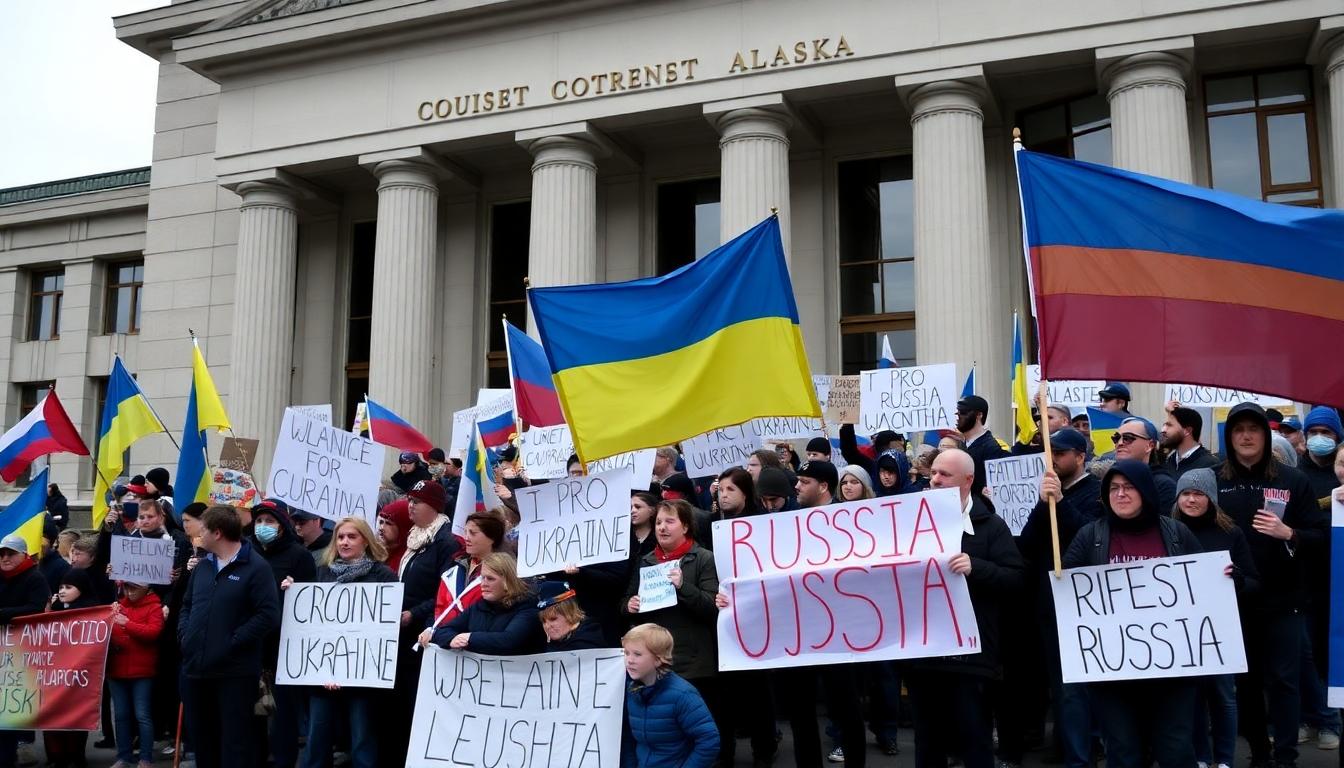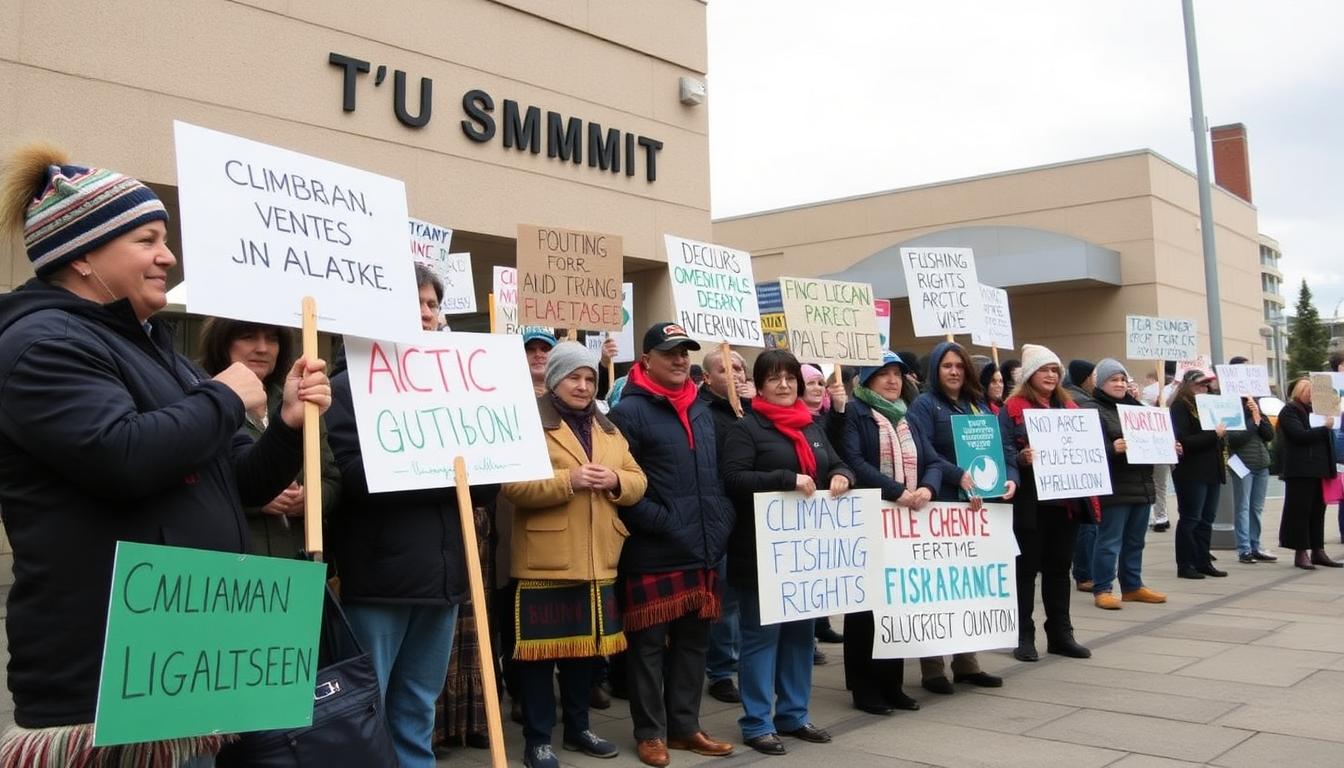The world watched as Donald Trump and Vladimir Putin met for a high-stakes summit in Alaska. The event was packed with symbolism and controversy, with both leaders hoping to shape the future of U.S.-Russia relations. The meeting raised big questions: Can decades-old tensions be eased or is a new era of rivalry just beginning?
Setting the Stage: Why Alaska?
Alaska is more than just a stunning landscape—it’s one of the world’s most strategic regions. The state shares a maritime border with Russia and holds enormous untapped resources. Choosing Alaska as the summit site reflected both this proximity and its heated role in international politics. Russia once owned Alaska; today, it’s a U.S. frontier facing the Arctic and Asia.
Trump, seeking to rebrand American foreign policy, chose the site to underline U.S. claims to the Arctic. For Putin, Alaska sent a message about Russia’s unresolved history and current ambitions.
Main Issues on the Summit Table
Security in the Arctic

Melting ice has made the Arctic increasingly important. New shipping lanes and lucrative energy resources have sparked competition between countries. Trump and Putin dedicated significant time to discussing military activity, shipping rights, and new safety rules. The U.S. insisted on its right to operate freely, while Russia demanded limits on NATO involvement.
Although the talks ended without a formal deal, both agreed to set up working groups for further dialogue about navigation safety and environmental protection. The conversation showed just how eager both superpowers are to influence the Arctic’s future.
Nuclear Arms and Security Treaties
The summit spotlighted concerns over the collapse of decades-old nuclear arms treaties. Both sides have expanded their weapons systems, with fewer checks than during the Cold War.
Trump pushed for a new agreement with more flexibility, especially regarding U.S. missile placements. Putin wanted deeper cuts and strict limits near Russian borders. Both sides agreed on the need for more talks, but a breakthrough proved elusive. As technology changes rapidly, both acknowledged that new rules are needed to tackle threats like AI-controlled weapons and cybersecurity.
Economic Sanctions and Trade
Economic pressure shapes every U.S.-Russia discussion. Trump floated the idea of easing some sanctions if Russia supported new business investments in U.S. energy and farming. Putin wanted relief from technology bans that hit the Russian economy. No trade deal got signed and there were no major policy shifts, but each side left open the possibility of deals if future conditions allow.
Global Hotspots: Ukraine, Middle East, and China

Protests outside the summit venue showed how contentious the meeting was. The war in Ukraine loomed large. Trump urged Putin to seek a negotiated peace, but Putin argued Western policies provoked the conflict. Activists for Ukraine, Russia, and peace lined the streets.
Both leaders also discussed China’s growth and its interest in the Arctic. Each expressed concern about Beijing’s ambitions. The conversation about the Middle East focused on keeping oil prices stable and limiting outside military action in fragile regions.
Reactions Across America and the Globe
In Washington, supporters praised Trump for direct engagement. Critics slammed him for not pressuring Putin on election interference, cyberattacks, and human rights. The White House issued a measured statement, promising to keep an eye on future talks.
European allies were guarded, worried a thaw could weaken NATO or undercut sanctions against Russia. China’s government looked on warily, already sensing stronger U.S.-Russia ties could hurt its regional goals.
Arctic nations such as Canada and Norway urged both leaders to adopt more inclusive cooperation, calling for multinational treaties that include all stakeholders—not just the two biggest powers.
Local Voices: Alaskans Speak Out

The summit also brought rare global attention to local concerns. Environmentalists warned that increased Arctic development could threaten delicate habitats and sea life. Indigenous groups highlighted the risks to fishing, traditional culture, and food security as climate changes reshape their way of life.
Some Alaskans welcomed the spotlight, hoping the summit could bring investment or boost tourism. Others feared decisions by distant leaders would overlook the needs and voices of local residents.
What Concrete Agreements Emerged?
While there was no dramatic handshake deal, a few takeaways stood out:
- Arctic Working Groups: Both governments agreed to set up teams to coordinate on shipping, research, and safety.
- Arms Talks Promise: Leaders pledged to hold more discussions on nuclear and AI-driven weapons, involving technical experts.
- Open Channels: Trump and Putin reaffirmed their commitment to keeping back channels alive, especially around urgent problems like cyber incidents or military encounters in the North.
Many of the summit’s biggest questions—such as the future of Ukraine, the Arctic’s fate, and real sanctions relief—got left unresolved.
The Big Picture: Diplomacy Amid Rivalry
For Trump, the summit was part of a strategy to show U.S. strength and deal-making prowess. For Putin, it was a chance to reinforce Russia’s superpower status and negotiate from a position of confidence.
But deep trust remains absent. With presidential elections looming in the U.S., and Russia facing its own internal pressures, both leaders emerged stronger at home. The risk is that if follow-up talks stall, old animosities could quickly flare back up.
The summit may have opened the door to more talks, but it also highlighted how much hard work lies ahead if the U.S. and Russia want more stable relations.
What Comes Next?
The path forward is uncertain. Here’s what to watch:
- Will the new working groups lead to real Arctic cooperation or just more standoffs?
- Will arms control talks finally advance, or will new technologies outpace diplomatic solutions?
- Can even small trade deals survive harsh political climates and long-standing mistrust?
One summit can’t solve decades of tension. Still, it can shape the way leaders think about what comes next.
Conclusion: Turning Point or Just Another Chapter?
This summit in Alaska will be debated for years. Was it a turning point or just political theater?
For now, Trump and Putin both leave with promises of more dialogue, a few cautious steps, and plenty of unfinished business. What happens next will depend not just on these two leaders, but on whether their governments—and the world—are ready for true cooperation.
Alaska, once a symbol of distance, now stands at the center of global politics. The future of peace and stability in the Arctic, and perhaps the world, may hinge on follow-through beyond the handshakes and headlines.
To contact us click Here .

